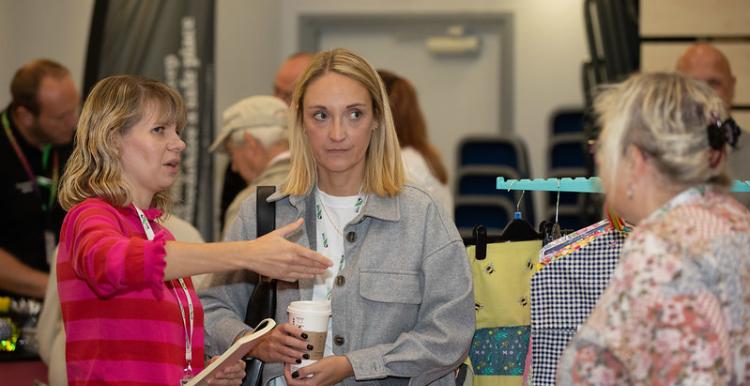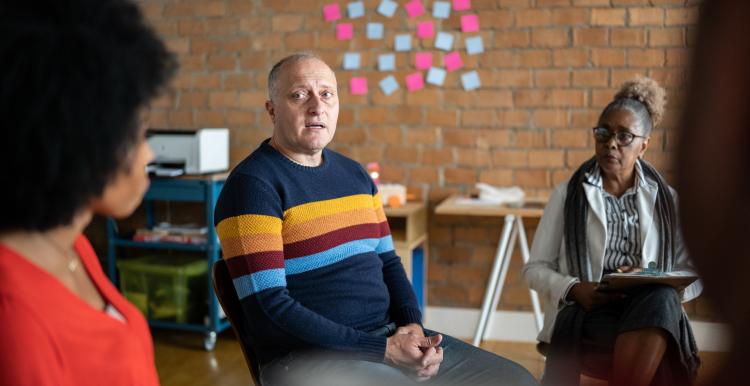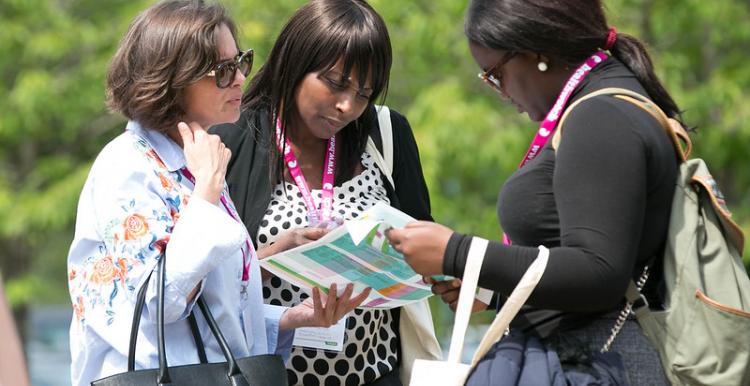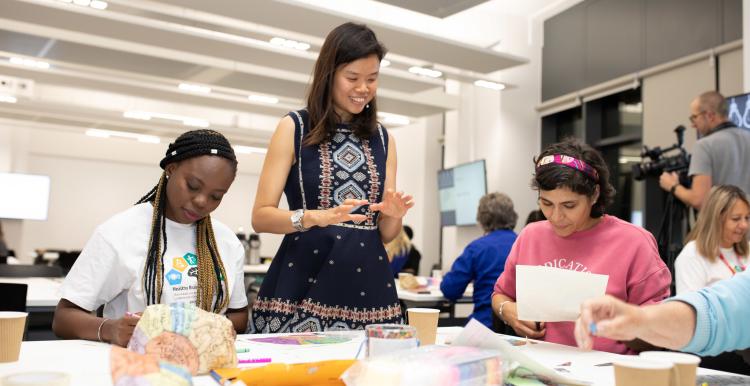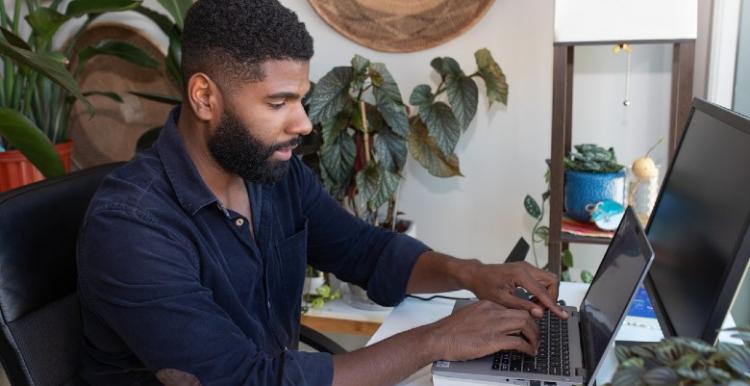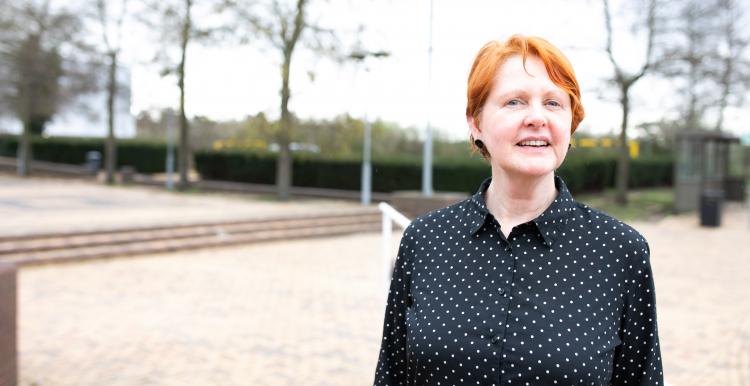Equality, diversity and inclusion network survey prompts

As part of our commitment to equality, diversity and inclusion, we set an objective for Healthwatch to have a diverse base of board members, staff and volunteers who reflect the communities we serve.
As one of the steps along the way, we’re asking all Healthwatch to report on the demographic profile of their boards, staff and volunteers.
How will Healthwatch England collect this information?
We will collect this information using the Annual survey in July 2022.
To get a full picture, we will be asking all boards, staff and volunteers to complete the survey.
How will your Healthwatch collect the information?
To help you prepare, the survey prompts below will help you collect any information you need in advance.
Will this be confidential?
We understand collecting data on protected characteristics is sensitive, which is why this will remain confidential. When this information is collected via the Annual survey, you will be able to report data anonymously, without revealing which local Healthwatch you are from. We will ask each local Healthwatch to confirm that they have reported on this, so that we can understand representation across our network.
What will we do with this information?
The data we collect will help us see how reflective our network is compared to the population of England. The outcomes of this will also form part of the reporting of our Equality, diversity and inclusion roadmap going forward.
Please note we will only analyse data at national and regional levels – not at individual Healthwatch level.

